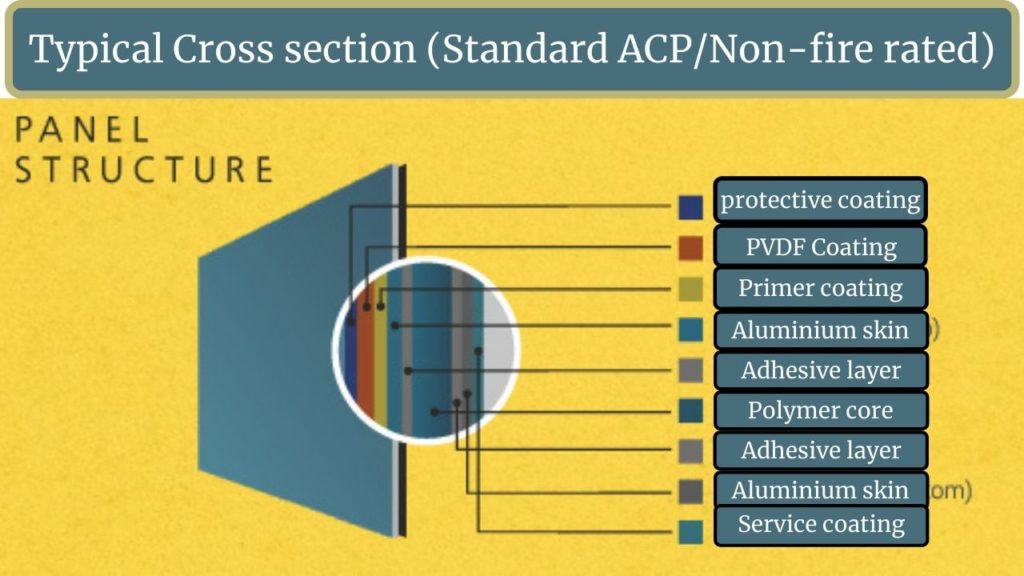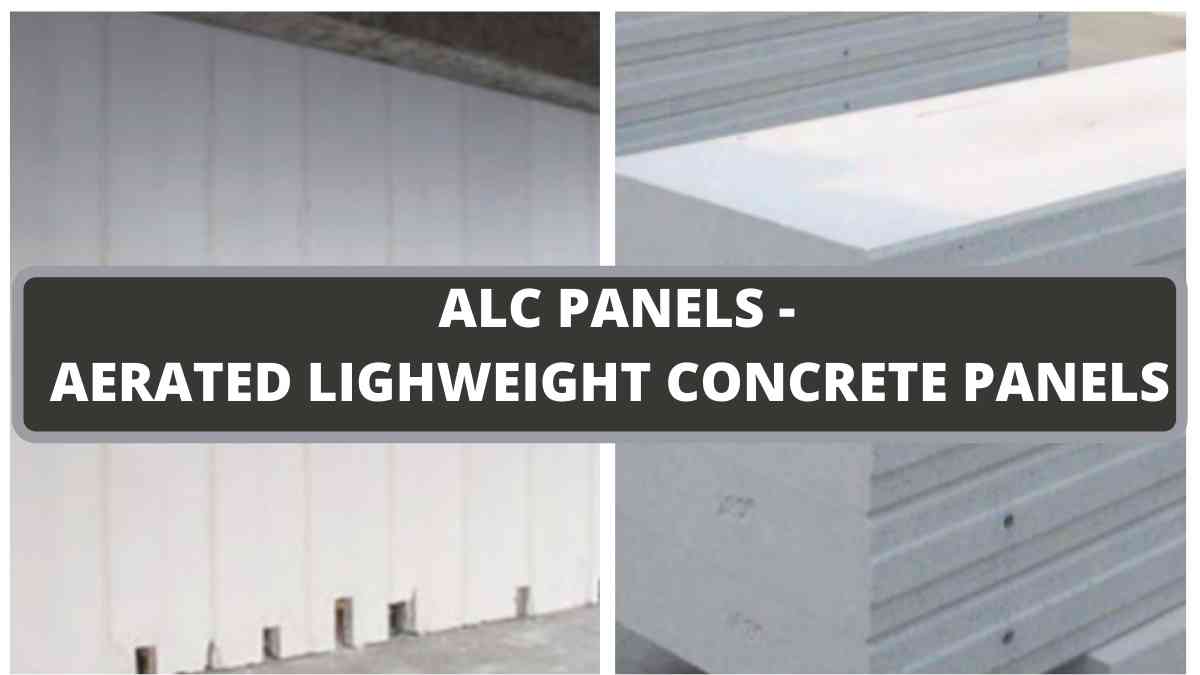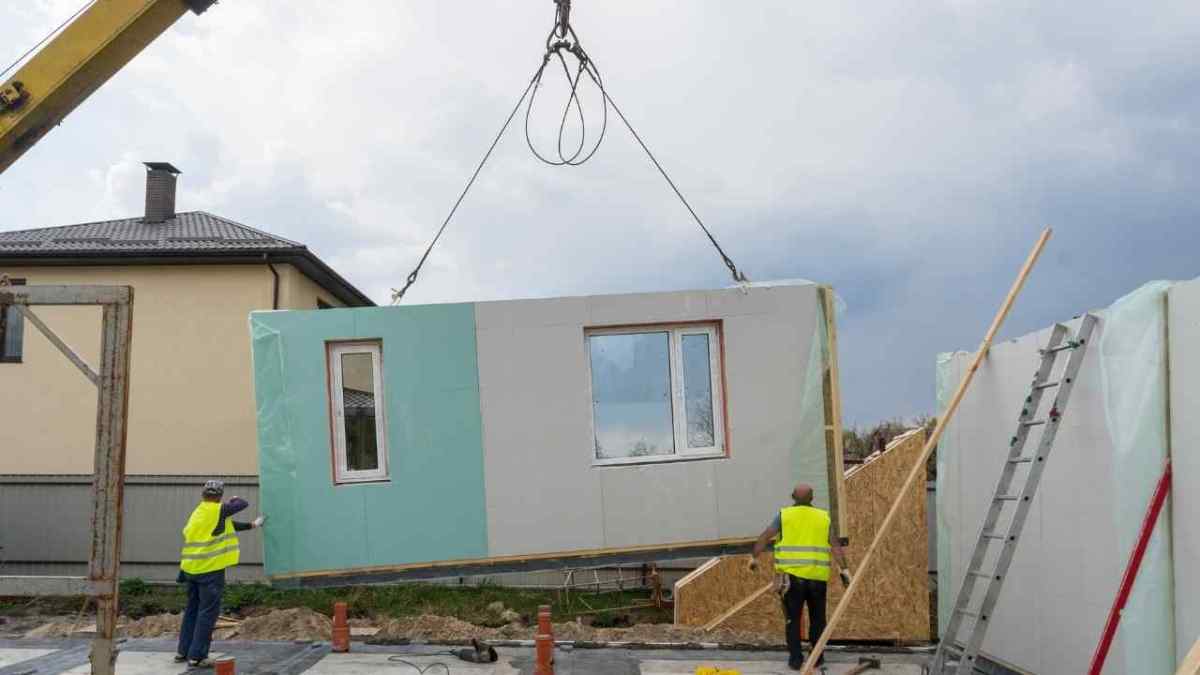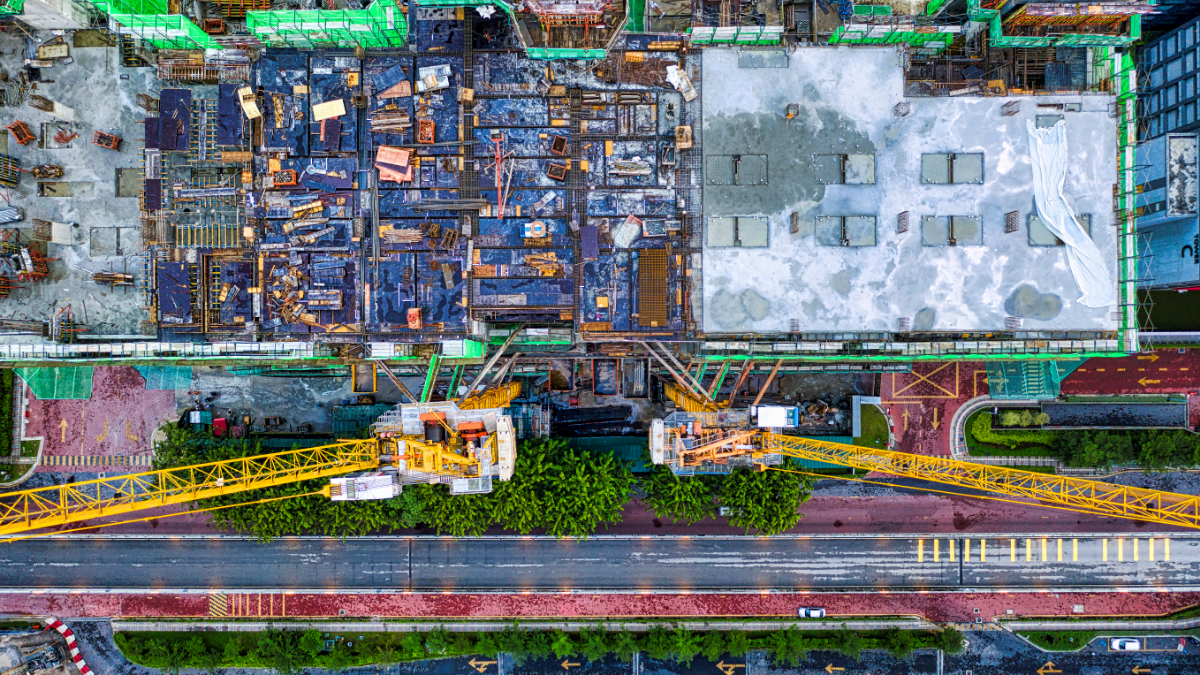Aluminium composite panel, also known as an ACP sheet, is a modern panelling material used for building exteriors (facades), interiors, kitchen cabinets, and signage applications.
Aluminium composite panels are flat panels having a non-aluminium core sandwiched between two thin coil-coated aluminium sheets. Aluminium Composite Panel is the most durable and flexible decorative surface material available, with enhanced performance attributes. This article discusses the production process, ACP sheet types, advantages, and applications.
- What is an Aluminium Composite panel or ACP sheets ?
- Types of Aluminium Composite Panels (ACP)
- Fire rated Aluminium Composite Panels
- Advantages of Aluminium Composite Panels
- Applications of Aluminium Composite Panels
- Conclusion
What is an Aluminium Composite panel or ACP sheets ?
Aluminum composite panels are made up of two thin layers of aluminium sheets sandwiched by a polymer core. ACP sheet’s polymer core is made of Low-Density Polyethylene (LDPE) or Polyurethane. These polymer cores are made of components that are flammable and not fire-resistant. Because aluminium has a low melting point, the Aluminium composite panel is more flammable when the combustible polymer core is present. The presence of a combustible polymer core limits the use of Aluminium composite panel in fire-prone areas.
To improve fire resistance, polymer cores should be specially treated or over 90% (Non-Combustible Mineral Fiber FR core) sandwiched between two layers of aluminium skins should be used. To preserve the ACP sheets, polyvinylidene fluoride (PVDF), fluoropolymer resin (FEVE), polyester coating, and other materials are applied. The typical thicknesses of aluminium composite panel are 2 mm, 3 mm, 4 mm, and 6 mm.
Types of Aluminium Composite Panels (ACP)
Depending on the usage and fire rating standards ACP sheets are classified into two categories
- Non fire rated grade
- Fire rated grade
Non fire rated Aluminium Composite Panel (ACP)
Two thin layers of aluminium sheets plus a sandwiched polymer core make up aluminium composite panels. Aluminium Composite Panel’s polymer core is made of polyurethane or low-density polyethylene (LDPE). These Aluminium Composite Panels are not fire-rated since they are flammable and could catch fire. The use of these sheets is restricted based on the fire rating. The image below depicts a typical cross-section of an ACP sheet that is not fire-rated.
Fire rated Aluminium Composite Panels
Depending on the core composition, fire-rated Aluminium Composite panel can withstand fire for up to 2 hours. The core materials are the fundamental distinction between ACP sheets that are fire-rated and those that are standard. While the fire-rated ACP has a specially formulated fire-resistant mineral core, the standard ACP uses LDPE/HDPE as its core material. Fire resistant mineral core uses Magnesium hydroxide as core for enhanced fire retardant qualities. As the name suggests, Fire Grade Aluminium Composite Panels have the unique capability to withstand extreme temperatures. The highest grade ACP is fire retardant ACP (A2 GRADE), which contains over 90% inorganic material content.
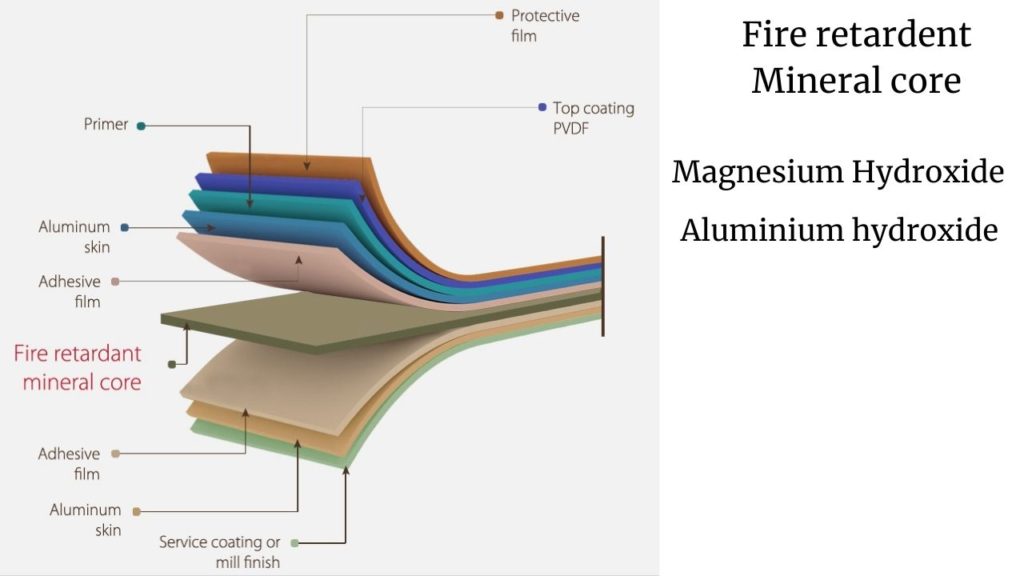
Related posts from vincivilworld
Advantages of Aluminium Composite Panels
Aluminium Composite Panels are widely used nowadays because of their countless unique properties. Let’s highlight a few of its unique features that set it apart from other panelling materials.
Light weight
When compared to other building materials like steel, Aluminium Composite Panel is lightweight. This significantly reduces the design loads on the structure with big spans and vast areas involved. Lifting and erecting ACP sheets is simple. This, in turn, minimises labour and construction costs while maintaining the schedule.
Flexible
The ACP sheet is flexible and very simple to use. The installation process is quick and simple, and the fixing framework construction is uncomplicated.
Availability and colour choices
This composite panel has exceptional flexibility because to the vast range of finishes it supports. Aluminium composite board can be textured, solid, mirror, or wood type to meet any architectural concept. The colour and feel of real stone and wood are effectively replicated on aluminium.
Environmental friendly
ACP is an environmentally friendly material that is composed of 85% recycled aluminium. ACP’s cover sheets and core material are both recyclable.
Dimensional stability
Aluminium composite panels got high dimensional stability and the material can remain stable for a long period without changing the dimensions.
Smooth and elegant
The exteriors of buildings can have a pleasant and attractive appearance because to the smooth, elegant ACP surface.
Cost
ACP sheet is the most economical panelling option when compared with other panelling materials. The cost depends on the core materials. The fire grade materials are costlier than standard non fire rated ACP.
Weather resistant and Durable
ACP panels are UV resistant and chemical resistant. They are unbreakable stain-resistant, weather-resistant, termite resistant, moisture resistant, and anti-fungal.
Applications of Aluminium Composite Panels
ACP sheet is mainly used for a wide range of applications due to its extraordinary qualities. Major uses of the ACP sheet are as follows.
- External and internal architectural cladding
- Internal partition
- False ceilings
- Signage
- Machine coverings
- Container construction
External and internal architectural cladding/partitions
For exterior cladding/façade applications, ACP sheets are used, thanks to their versatile qualities like UV resistance, fire resistance, and durability. ACP sheets come in a wide range of colours to match any architectural style. ACP sheet is the material of choice for facades and partitions because of its lightweight characteristics, simple fixing procedures, and quick construction.
Internal partitions
Aluminium Composite Panels in combination with aluminium, UPVC etc are used for office cabins and internal partitions. Partitions can be done with minimal space wastage.
Signage
ACP is used to render a wide variety of flexible exterior signs, as signage and hoardings are being used for exterior applications and must survive changes in temperature or weather
Interior work
ACP sheets are used for interior applications such as wall coverings, false ceilings, cupboards, portable kitchen cabinets, tabletops, column covers, and more.
Conclusion
ACP sheets are Green and environmentally friendly, easy to clean, and can shorten the construction period. ACP panels are resistant to corrosion, prevents acid and alkali, and other types of corrosion. Due to these versatile properties, ACP sheets are one of the popular choices in the construction sector.



